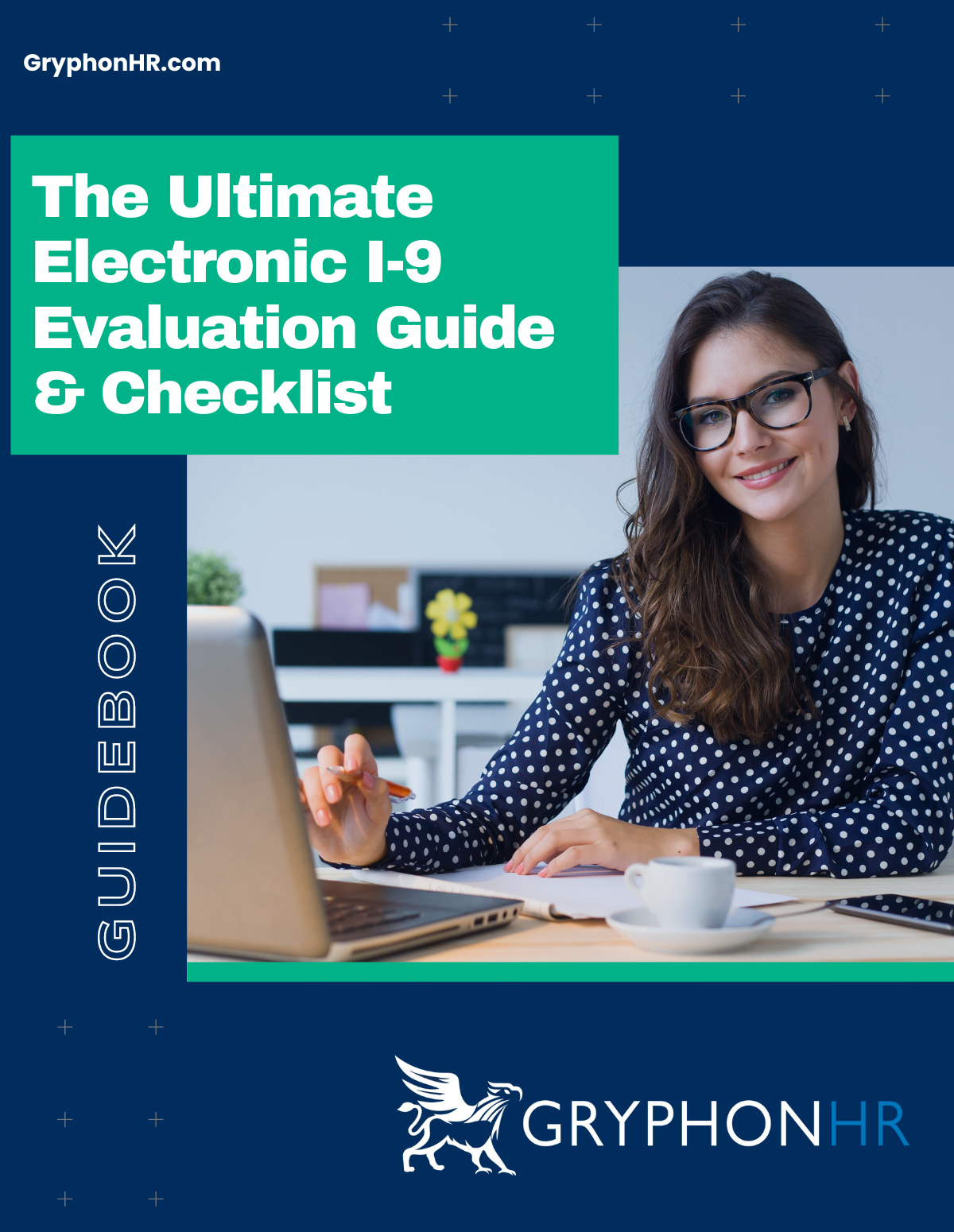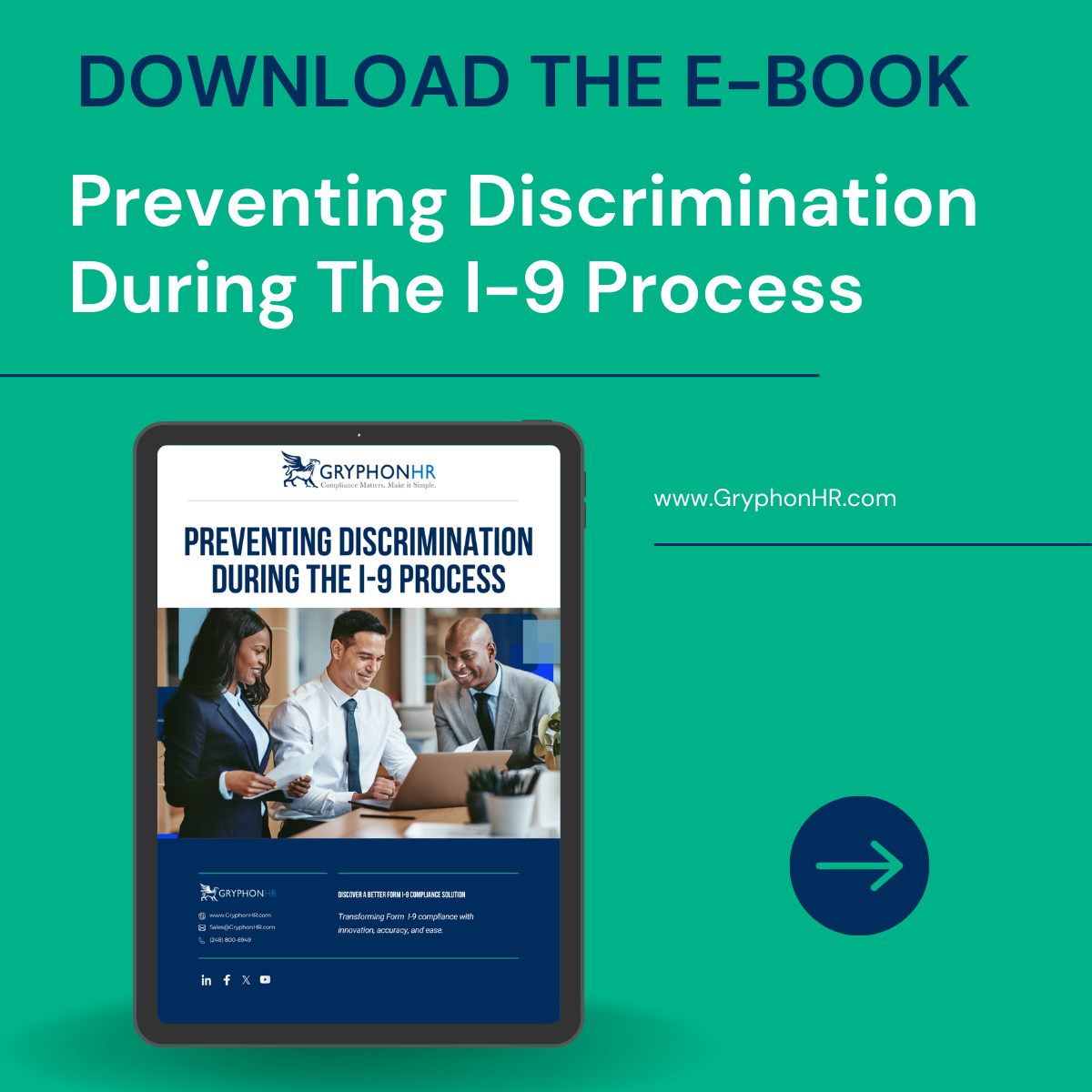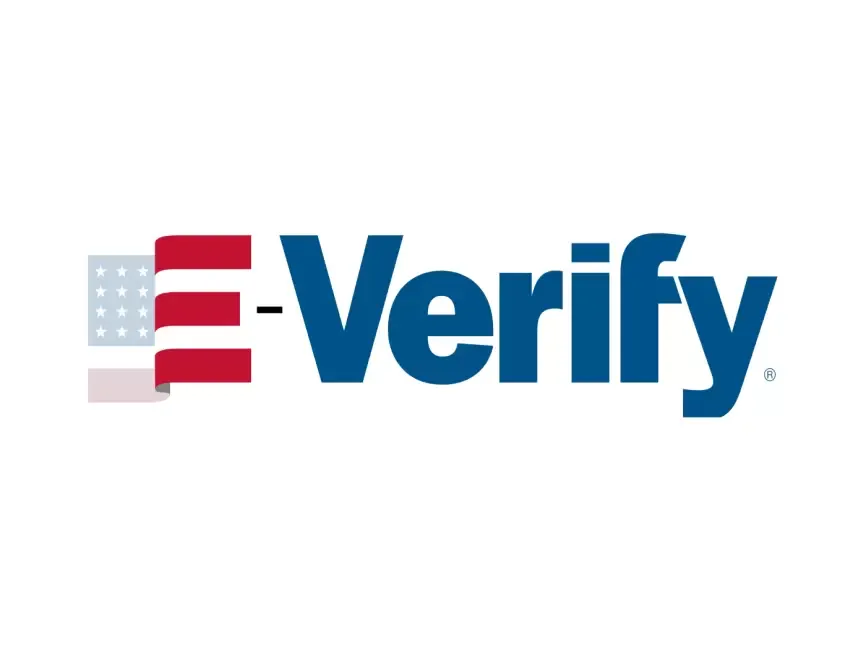Authored By: GryphonHR Blog Contributor
GryphonHR blog contributors include , consultants, researchers, and other subject-matter experts who’ve written content for our blog.
May 24, 2023
E-Verify may very well be on its way to becoming mandatory for both private and public employers in Florida. Senate Bill (SB) 1718 recently enrolled by the Florida legislature is expected to be signed in to law by Governor Ron DeSantis. The bill will require Florida employers with twenty-five or more employees to use the E-Verify system to check employment eligibility for each employee on its payroll beginning July 1, 2023.
E-Verify is an online system that compares information provided in Form I-9, Employment Eligibility Verification, with records held by the U.S. Department of Homeland Security and the Social Security Administration. Its purpose is to ensure that individuals hired have the necessary authorization to work in the United States.
Federal E-Verify regulations already mandate that all employers verify the identity and employment authorization documents of their employees by completing and retaining Form I-9 prior to initiating a case in the E-Verify system.
The requirement to use E-Verify applies only to new hires starting from July 1, 2023. Employers are not obligated to use E-Verify for employees hired before that date. Additionally, the law does not cover independent contractors.
If the Florida Department of Economic Opportunity (DEO) determines that an employer has neglected to utilize the E-Verify system as mandated, the department will inform the employer regarding the noncompliance. The employer will then be granted a 30-day period to rectify the noncompliance. If the DEO finds that an employer has failed to use the E-Verify system on three occasions within a 24-month period, it has the authority to levy a fine of $1,000 per day until the employer provides satisfactory evidence of rectifying the noncompliance.
Employers who are obligated to utilize the E-Verify system will also need to confirm their compliance with the system's requirement on their initial tax filing every calendar year through the state's tax service provider. Additionally, employers must retain a copy of the E-Verify documentation for newly hired employees for a minimum of three years.
In cases where an employer is unable to verify a newly hired employee due to the unavailability of the E-Verify system for more than three business days after the employee starts working, the employer will need to take certain steps. Firstly, they must use the Employment Eligibility Verification form (Form I-9) to confirm the employee's eligibility for employment. Secondly, they must retain a screenshot or other evidence that proves the unavailability of the system for each day they were unable to access it.
Furthermore, according to the new law, the Florida DEO has the authority to impose penalties on individuals who knowingly engage in the employment, hiring, recruitment, or referral of unauthorized individuals for private or public employment. The DEO is empowered to levy civil penalties, which may include the repayment of any economic development incentives, placing the employer on probation for one year, and requiring quarterly compliance reports to be submitted to the department. If a violation occurs within 24 months of a previous violation, the department is authorized to revoke or suspend all licenses issued by a licensing agency.
For subsequent violations involving:
Employers should start preparing to comply with the new E-Verify requirement.
GryphonHR can help to ensure compliance with both Form I-9 and E-Verify requirements with our web-based solution that helps to increase compliance with Form I-9 requirements and streamline the E-Verify process. Our solution instantly submits I-9s to E-Verify and helps you to easily manage E-Verify cases and resolve issues and TNC’s with greater efficiency.
Contact us to learn more about how we can help you to get ready for the new E-Verify requirement.

Authored By: GryphonHR Blog Contributor
GryphonHR blog contributors include , consultants, researchers, and other subject-matter experts who’ve written content for our blog.
Stay updated on Form I-9 and E-Verify!


Is your I-9 compliance software placing you at risk? Learn more about the compliance requirements for electronic I-9 systems and how to evaluate important features. Skip the form and download this interactive guide!

Avoiding discrimination during the Form I-9 process is critical to preventing liability, hefty fines, and unfair hiring practices. Download our free e-book to learn more.



MENU
STAY CONNECTED
Join our newsletter to learn more about Form I-9.